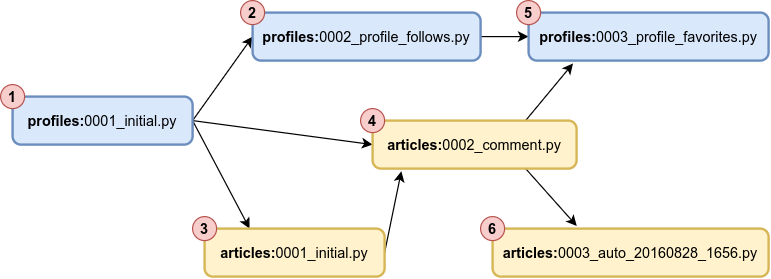
Guest Opinion: Natasha Stavros: Bringing tech…
Fire itself is not the problem – it has been characteristic of the North American West for millennia. The problem is when fires, fueled by dry and overgrown forests, grow into giant blazes that move fast, fill the skies with smoke, and threaten homes and cities.
These are fires like 2020’s Cameron Peak, East Troublesome and Pine Gulch blazes that each broke the record for Colorado’s largest fire. They are fast fires, like the Camp Fire that destroyed Paradise, California, in 2018, killing 85 people – at one point, it was burning the equivalent of one football field per second. They are fires that produce massive amounts of smoke that can kill thousands of people prematurely and contribute to climate change.
Three things in particular have increased the likelihood that megafires will occur: Warmer, drier conditions have turned trees, shrubs and grasses into dry fuel. A century of suppressing almost every fire has left more fuel to burn. And cities and homes encroaching on wildlands put more people in harm’s way and introduce ignition sources.
With almost the entire western U.S. in drought this year, portending another dangerous fire season ahead, my colleagues and I brought some of the top fire technology innovators together with fire managers, politicians and academics to brainstorm solutions at the Caltech Keck Institute for Space Studies. The group included representatives from major data providers like Google and Planet; fire tracking companies like Fireball; wildfire analysis system creators like Tecnosylva and Intterra; and satellite projects like Canada’s WildFireSat and FireSat. Also included were NOAA’s Smoke Hazard Mapping; the National Weather Service; fire managers from U.S. Fire Service and CalFire; and many others.












:quality(70)/cloudfront-us-east-1.images.arcpublishing.com/cmg/L4IGXEIABZHX7GJ3YYEM5NE35M.jpg)







